KUALA LUMPUR, Aug 22 — Let’s cut to the chase. Are Enishi’s signature Dan Dan noodles worth RM58? The short answer: Yes.
Of course, the long answer takes into consideration things like personal taste, our unhealthy preoccupation with portion size and whether you value paying for great experiences.
But one thing’s for sure: it’s an utterly delicious bowl of noodles.
Hailing from Kobe, Enishi is the latest addition to Kuala Lumpur’s teeming ramen scene.
The opening at Shoplex Mont Kiara marks the brand’s continued expansion into South-east Asia, joining locations in Singapore and Bangkok.
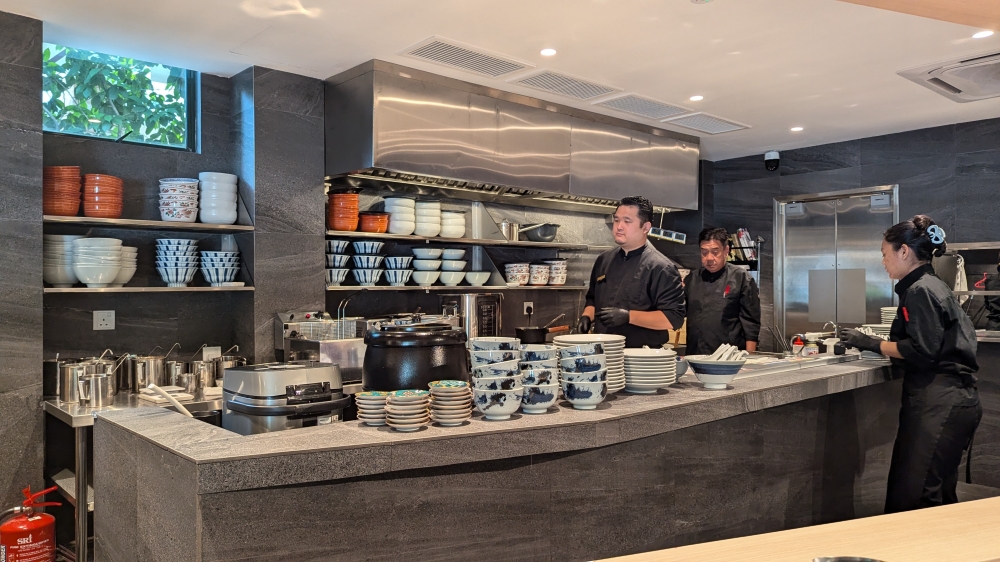
The opening comes as a surprise to me, not least because Enishi doesn’t serve tonkotsu ramen; in fact, it seems to signal its decline.
Malaysia, particularly the Klang Valley, has a well-documented love affair with tonkotsu, which remains the most popular type of ramen available.
Enishi isn’t interested in catering to this, however. The Singapore Enishi website even claims that tonkotsu has fallen out of favour with Japanese diners, replaced instead by dashi-based ramen, one of their two signature dishes.
Sweeping statements with a promotional tilt aside, Enishi’s original location close to Nada Station in Kobe was awarded a Bib Gourmand in the 2016 Michelin Guide for Hyōgo.
Note that this distinction is not found in the present day Michelin Guide website.
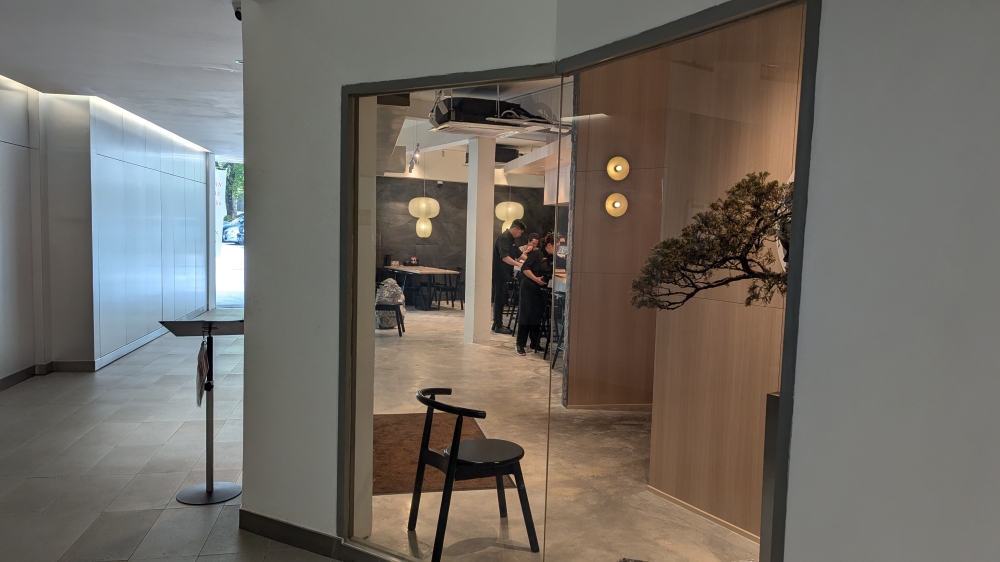
Now, back to their Dan Dan noodles. Enishi’s version is a take on Japanese tantanmen, itself a variation on dandanmian from Chengdu, Sichuan.
Like many chuka ryori (Japanese-style ‘Chinese’ dishes), tantanmen shares many similarities with dandanmian, including minced pork, bean sauce, sesame paste, and chilli oil that’s toned down for Japanese palates.
It may be confused with mazesoba, which is available in the Klang Valley, but that instead is a Nagoya specialty with different ingredients.
Both Dan Dan noodles and mazesoba, fall under the mazemen category which means, broth-less and "mixed noodles".
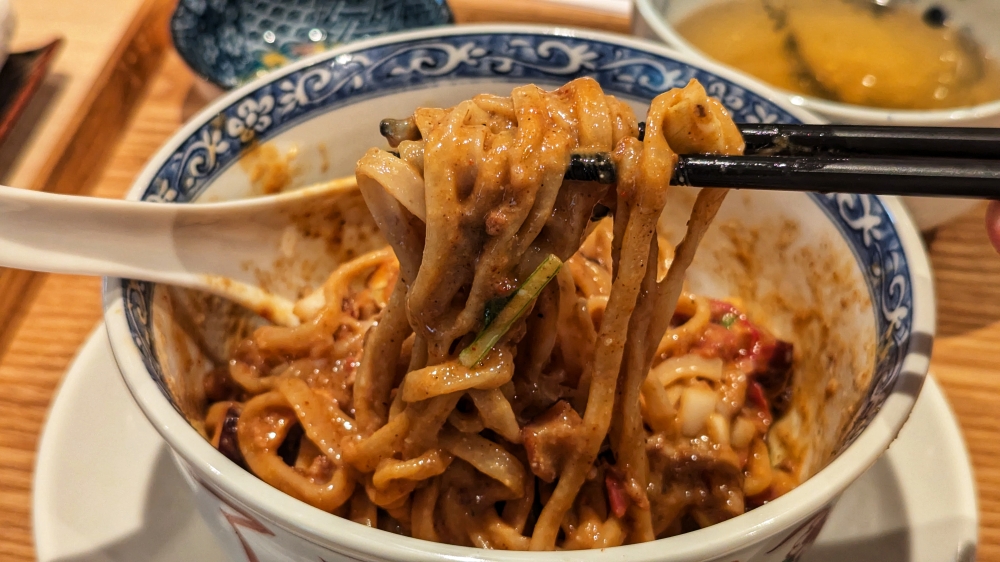
A large bowl arrives, concealing bouncy wheat noodles beneath a crowded mass of toppings.
Minced pork, diced chashu and duck, purple shibazuke pickles, raw white onions, cashews, fried onions, mizuna greens and at the centre of it all, the potent spice mix purportedly comprising 32 different spices. Eat your heart out, Colonel Sanders.
On each table is a laminated card with detailed instructions on how to attack the bowl. Start by taking a picture of it in under 20 seconds, gently stirring the noodles five times (oddly specific, I know), then adding the on-tama (Japanese for soft-boiled egg) and drizzling with your choice of vinegar from the condiment selection.
As I tossed my bowl, the noodles at the bottom reared their chilli-oil-laced heads, perfuming the air in front of my nose with their deeply complex fragrance.
Dashi vinegar proved a shrewd choice on my part, as it added an acidic edge to the rich, creamy and distinctly nutty mixture.
At the medium level, recommended for first-timers, the spice is warming, like a feather brushing across your tongue.
Add small amounts of dashi broth from the bowl on the side to tweak the flavour - I find it boosts savouriness while muting spice, so adjust according to your taste.
When a server comes to ask if you’d like your free bowl of rice, the decision is easy: a resounding yes. Mixing it in makes for a satisfying conclusion to the meal.
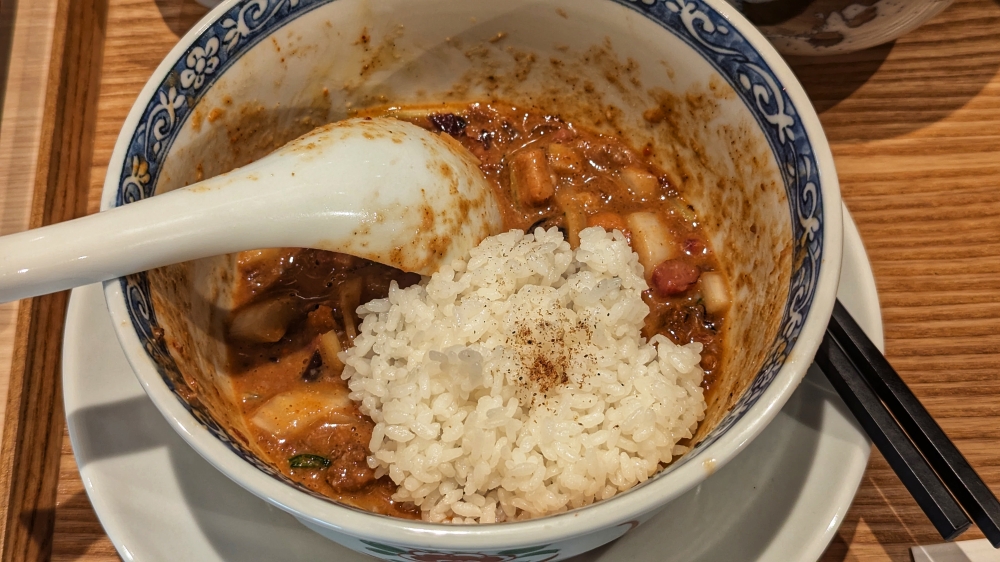
The regular Dashi Ramen (RM39) was another popular order with other diners, featuring the same flat, bouncy noodles in a clear broth with a deeply concentrated dashi base.
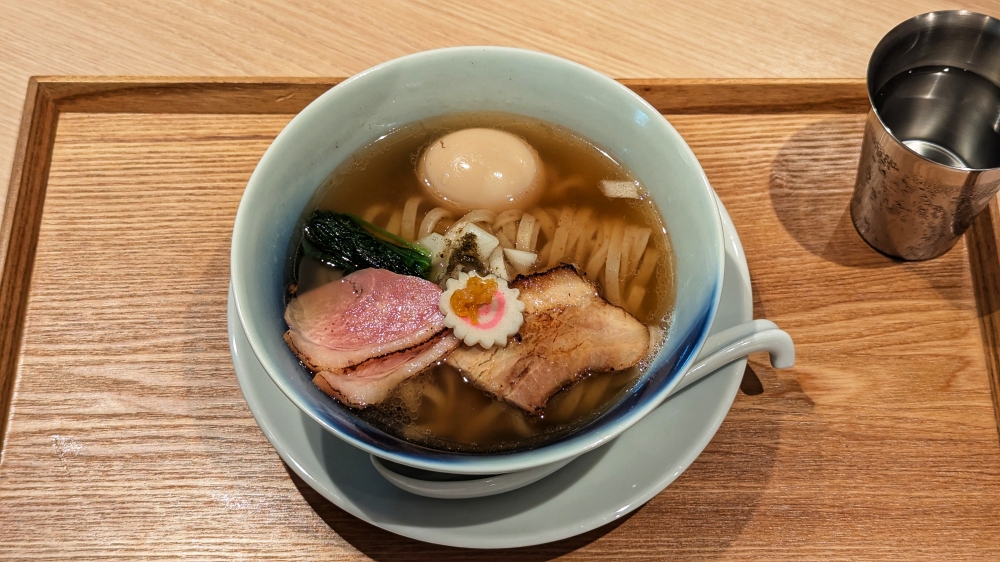
Chashu and duck are the featured proteins, the latter complemented beautifully by the addition of tangerine peel as a topping. It’s a bowl full of robust flavour, but a far cry from the ultra-rich, fat-laden bowls of tonkotsu that dominate the ramen scene here.
It’s a bowl for those who like to leave a restaurant satisfied, not sluggishly rolling out in a gelatin-induced coma. That said, it’s a good bowl of ramen - but not spectacular enough to outshine the RM58 bowl of Dan Dan noodles.
The price can seem excessive, but it sure is cheaper than a flight ticket. Looking for something memorable? Go for that instead.
ENISHI Malaysia
Unit 15-0-1, Shoplex Mont Kiara, Jalan Kiara, Mont Kiara, 50480 Kuala Lumpur
Open daily, 11am-3pm, 6-9pm. (or until soup sells out)
Tel: 03-2011 0922
Instagram: @malaysia_enishi
* This is an independent review where the writer paid for the meal.
* Follow us on Instagram @eatdrinkmm for more food gems.






















